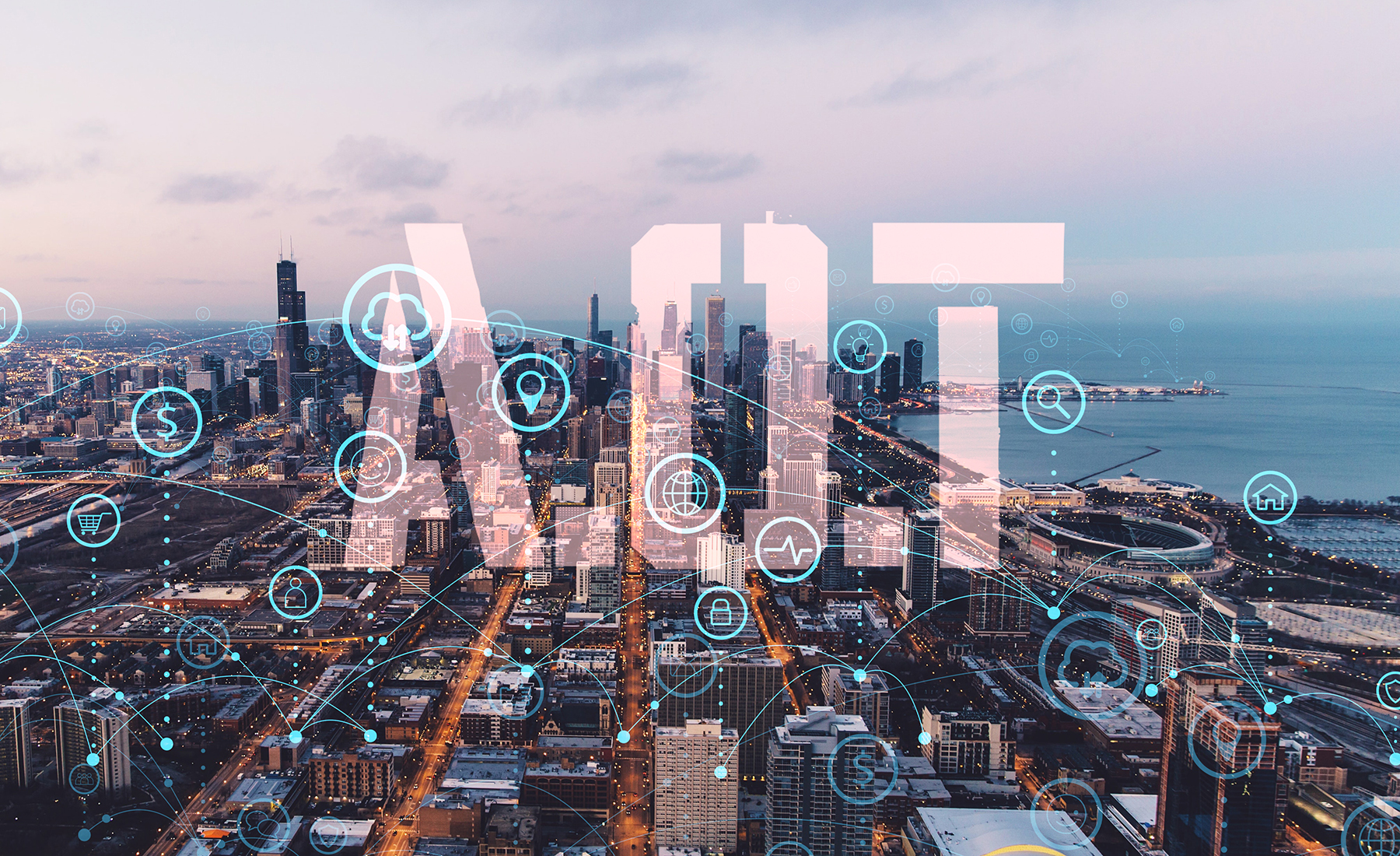What are the AoT objectives?
AoT was conceived as an experimental project to explore the concept of an urban-scale instrument to enable the City, urban planners, residents, and researchers to monitor and examine Chicago’s environment, infrastructure and activity, including detecting trends and changes over time.
Ultimately, the objective is to measure the city in sufficient detail to provide data to help engineers, scientists, policymakers and residents work together to make Chicago (and, in turn, other cities) healthier, more liveable and more efficient.
The research and findings of this exercise will help to create a resilient platform that can support and analyse data, for instance sensing the number of vehicles by using computer vision software to analyse images.
How has AoT benefited Chicago?
AoT provides near-real-time, location-based data about the city’s environment, infrastructure and activity to researchers and the public. Over time, these measurements will allow for studies of longer term changes such as how noise levels are affected by changes in zoning, or how air quality changes following investments in clean energy. In late 2018 a new set of application programming interfasces (APIs) were released to support the development of applications, portals, and other tools to provide value from the data. For instance, several groups are developing smartphone applications that would provide navigation tips based on air quality, noise levels, or excessive heat. Others are developing services that would allow a resident to subscribe to air quality alerts. This initiative has the potential to allow researchers, policymakers, developers and residents to work together and take specific actions that will improve the quality of life immensely within Chicago.
Real time benefits
The results so far from the work in Chicago are showing real time benefits to seriously improving transport, air quality, water quality, logistics, mental health and many more integral aspects of our lives. This looks set to grow and grow and large cities across the world will be reaping the benefits of these systems in the months and years to come.
It will be interesting to see how the brands we know, love and trust respond to this challenge and how they can harness this technology and communicate to the wider audience. Everything changes so quickly, this past year has held up some progress but as confidence increases, we should see the cities and towns we live in adapt and change for the greater good – with luck!



